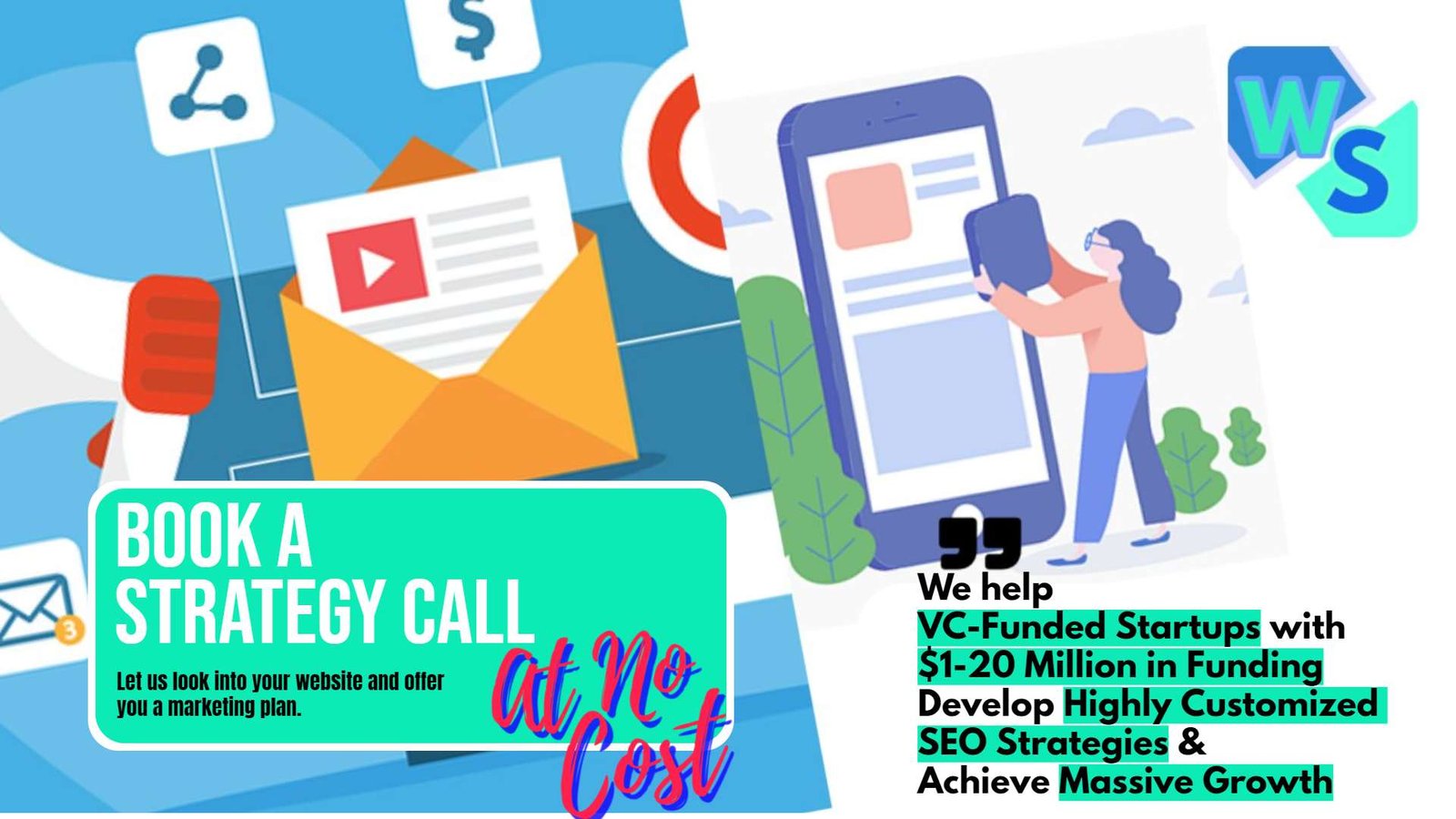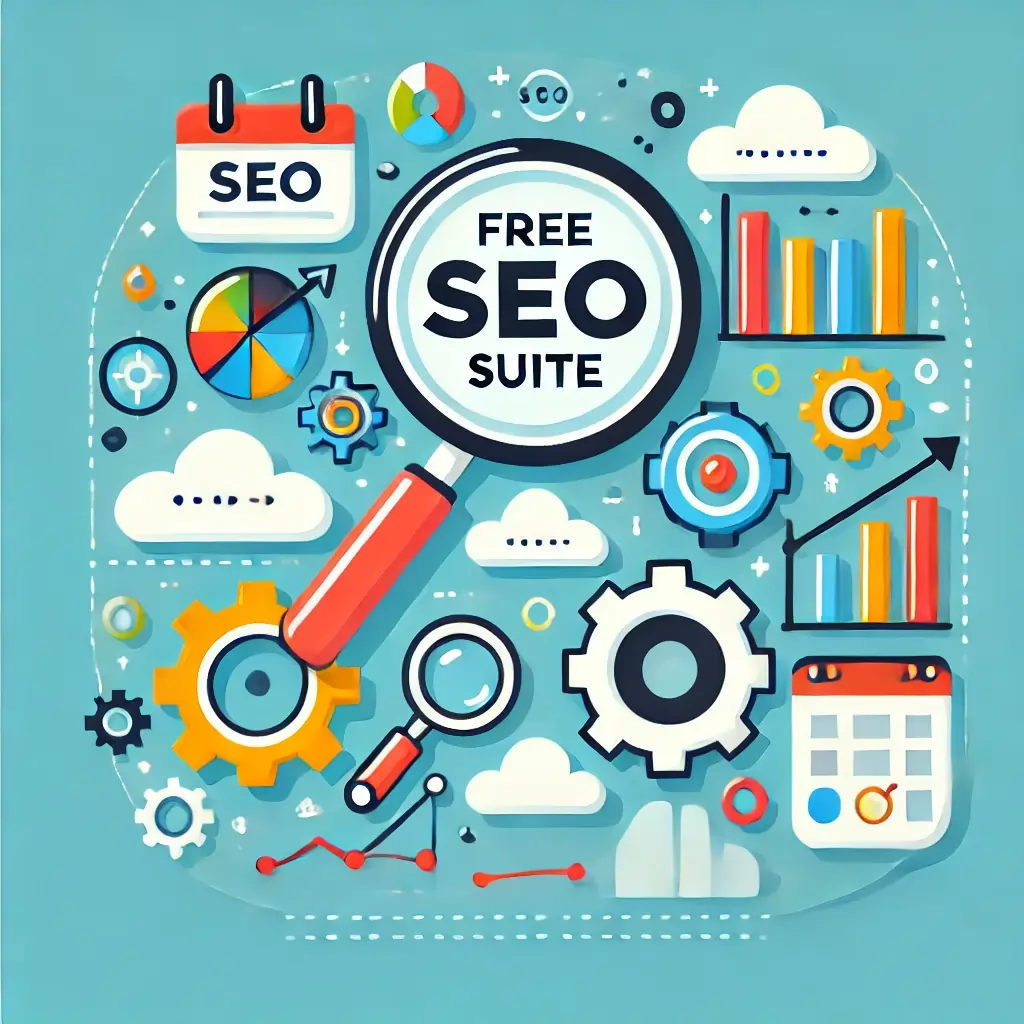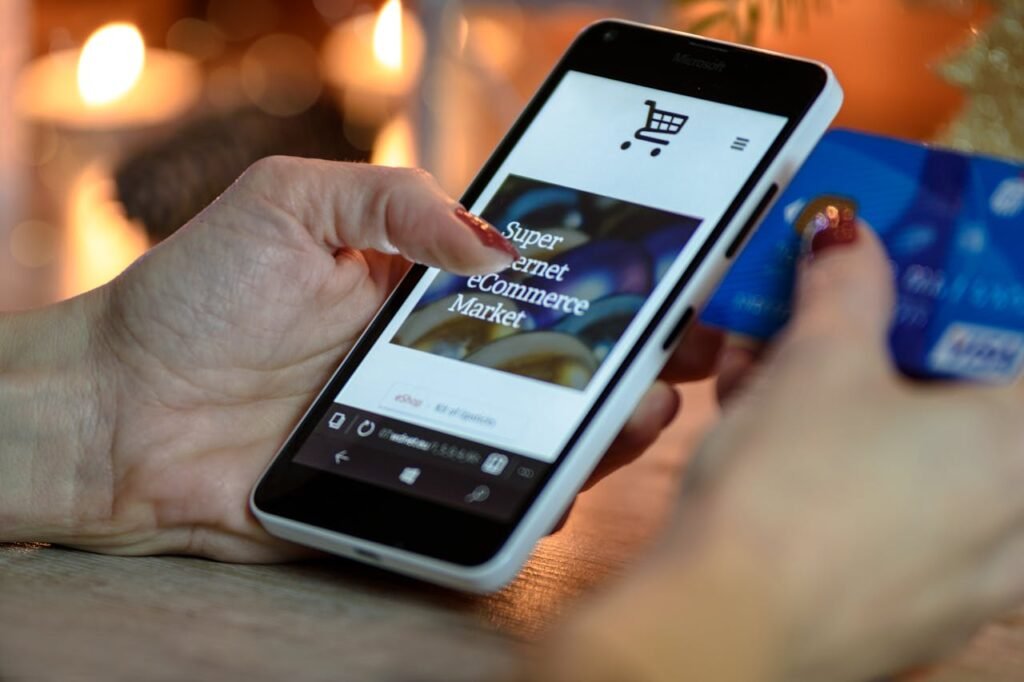Capturing a lead’s attention is just the first step in your sales funnel. Keeping them engaged and guiding them to conversion is where the real work begins. Unfortunately, many businesses lose leads during the follow-up process due to slow responses, inconsistent messaging, or simply failing to follow up altogether. This is where automation becomes a game-changer. Automating follow-up sequences ensures your leads receive timely, relevant, and consistent communication that keeps them engaged and minimizes drop-offs.
Let’s break down how you can implement automated follow-up sequences to nurture your leads effectively and maximize your conversions.
Understanding the Importance of Follow-Up Automation
Automation takes the repetitive, time-consuming task of follow-ups off your plate while ensuring no lead slips through the cracks. With manual follow-ups, it’s easy to forget about a lead, delay responses, or send generic messages that fail to resonate. Automation solves this by delivering tailored messages at the right time, keeping your leads engaged without overwhelming your team.
For example, imagine a lead downloads a free guide from your website. Without automation, they might never hear from you again. With an automated follow-up sequence, they receive a thank-you email immediately, a value-packed resource two days later, and a special offer after a week. This keeps the lead engaged and moves them closer to conversion without any manual intervention.
Automation isn’t just about saving time; it’s about ensuring every lead gets the attention they deserve, improving your chances of turning interest into action.
Step 1: Mapping the Customer Journey

Before automating follow-ups, you need to understand your customer’s journey. Mapping out this journey helps you identify key touchpoints where follow-ups can make a difference. Are your leads dropping off after a demo request? Do they abandon their carts or stop responding after the first email? Pinpointing these moments allows you to design follow-ups that address their concerns or reignite interest.
Why Mapping Matters
By understanding your customer’s journey, you can craft messages that speak to their needs at each stage. For example, if a lead abandons their cart, a follow-up sequence might include reminders, testimonials, or a limited-time discount to encourage them to complete the purchase.
Mapping the journey ensures your follow-ups are not just timely but also relevant and purposeful, making them far more effective.
Aligning Follow-Ups with Stages
Each stage of the customer journey requires a different approach. During the awareness stage, your follow-ups should focus on educating and building trust. In the consideration stage, they should provide detailed information, such as case studies or product comparisons. Finally, in the decision stage, follow-ups might include incentives or direct calls to action.
For example, after a webinar, an awareness-stage follow-up might include a summary of key takeaways and links to related blog posts. For consideration-stage leads, you might send a guide that answers common questions or offers a trial demo. Decision-stage follow-ups could include testimonials or limited-time discounts.
By aligning your follow-ups with the journey, you ensure they address what your leads need to move forward.
Using Insights to Optimize
Once you’ve mapped the journey, use analytics to identify pain points and areas for improvement. For instance, if data shows that many leads stop engaging after the first email, you might adjust the timing or content of subsequent follow-ups. These insights are invaluable for refining your sequences over time.
Optimizing based on real data ensures your follow-ups remain relevant and effective, reducing drop-off rates and improving overall engagement.
Step 2: Setting Up Trigger-Based Follow-Ups
Triggers are specific actions or behaviors that signal when a follow-up should be sent. These could include signing up for a newsletter, downloading a resource, visiting a pricing page, or abandoning a cart. Triggers ensure your follow-ups are sent at the exact moment a lead shows interest, making them far more impactful.
Defining Triggers
For example, if a lead spends time on your FAQ page, a trigger could send them an email offering to schedule a call to answer their questions. This kind of timely follow-up demonstrates attentiveness and encourages the lead to engage further.
Triggers allow you to respond to leads in real-time, making your communication feel natural and relevant.
Personalizing Based on Behavior
One of the most powerful aspects of triggers is their ability to personalize follow-ups. By tailoring messages to specific actions, you can address each lead’s unique needs. For instance, a lead who downloads a guide on social media strategies might receive follow-ups offering a free consultation or additional resources on advanced tactics.
Personalization shows leads that you understand their interests, building trust and encouraging them to take the next step.
This level of customization ensures your follow-ups resonate deeply, keeping leads engaged.
Automating the Workflow
With tools like HubSpot, ActiveCampaign, or Mailchimp, setting up automated workflows is straightforward. For instance, a trigger-based workflow might look like this: a lead downloads a resource → an email is sent thanking them and offering more content → after two days, a follow-up highlights how your solution aligns with their goals.
Automation ensures no lead is left waiting and every interaction feels purposeful, keeping the momentum going throughout the funnel.
Step 3: Crafting Engaging Follow-Up Content

Your follow-up content should be concise, clear, and directly aligned with your lead’s interests. Avoid generic messages—leads are more likely to engage with content that feels tailored to them. For instance, instead of a standard “just checking in” email, provide value by answering a question, offering insights, or sharing resources.
Writing with Clarity and Purpose
For example, if a lead showed interest in your SEO tool, your follow-up might include tips on optimizing meta descriptions and a link to a case study showcasing your tool’s impact.
Clear, purposeful content not only engages leads but also builds credibility, making them more likely to trust and convert.
Adding a Call to Action
Every follow-up should include a clear call to action (CTA) that guides leads toward the next step. Whether it’s scheduling a demo, downloading a resource, or making a purchase, your CTA should be specific and easy to follow.
For instance, “Schedule a 15-minute call with our team” is more actionable than “Let us know if you’re interested.” Providing a direct path forward removes friction and makes it easier for leads to engage.
Strong CTAs ensure your follow-ups drive meaningful action rather than leaving leads unsure of what to do next.
Using Multimedia to Stand Out
Incorporating multimedia elements like videos, infographics, or GIFs can make your follow-ups more engaging. For example, a short video explaining your product’s benefits or a visual guide to using your service can capture attention more effectively than plain text.
These elements not only make your messages more dynamic but also help communicate complex ideas in a digestible format, keeping leads interested and informed.
Multimedia adds a layer of creativity to your follow-ups, making them memorable and impactful.
Step 4: Measuring and Refining Your Follow-Up Sequences
To understand how your automated follow-ups are performing, track metrics like open rates, click-through rates, and conversion rates. For instance, if your follow-ups have low open rates, it might indicate that your subject lines need improvement.
Tracking Performance Metrics
Analytics tools integrated with your CRM or email marketing platform can provide detailed insights into what’s working and where improvements are needed.
Tracking performance helps you identify strengths and address weaknesses, ensuring continuous improvement.
A/B Testing for Optimization
A/B testing allows you to experiment with different elements of your follow-ups, such as subject lines, email length, or CTAs. For example, you might test whether a formal or conversational tone resonates more with your audience.
By comparing results, you can refine your sequences to maximize engagement and conversions.
Testing ensures your follow-ups evolve based on real-world data, making them more effective over time.
Iterating Based on Feedback
In addition to analytics, gather feedback directly from leads or team members involved in the sales process. If certain messages feel off or fail to engage, adjust your approach. For example, if leads frequently ask for clarification, simplify your language or provide additional context in future follow-ups.
Listening to feedback ensures your follow-ups remain aligned with lead expectations and preferences.
Step 5: Leveraging Advanced Automation Features

Artificial Intelligence (AI) is revolutionizing automated follow-up sequences by making them smarter and more intuitive. AI analyzes lead behavior and preferences in real-time, enabling you to adjust your sequences dynamically. For example, if a lead opens your emails consistently but doesn’t click on any links, AI can suggest tweaking the message or CTA to increase engagement.
Using AI to Enhance Follow-Up Sequences
AI can also predict the optimal times to send follow-ups. Based on past interactions, it determines when a lead is most likely to open and respond to emails, ensuring your messages reach them at the right moment. For instance, if a lead is more active during evening hours, AI schedules emails accordingly.
Integrating AI into your automation system not only improves engagement rates but also ensures every follow-up feels personalized and well-timed, fostering a deeper connection with leads.
Automating Multichannel Follow-Ups
Don’t limit your follow-ups to just one channel. Automation tools can handle email, SMS, chatbots, and even social media retargeting, creating a multi-channel approach that keeps your brand top-of-mind. For instance, after a lead receives a follow-up email, they might see a personalized ad on Facebook or LinkedIn reinforcing the same message.
This integrated approach ensures your follow-ups are consistent across platforms, giving leads a cohesive experience. For example, if a lead downloads a whitepaper, they might receive an email thanking them, followed by a LinkedIn message offering a case study related to their industry.
A multichannel strategy ensures that you meet your leads wherever they are, increasing the likelihood of engagement and conversion.
Automating Lead Segmentation
Automation tools can segment leads based on behavior, demographics, and stage in the sales funnel. This segmentation allows for hyper-targeted follow-ups that speak directly to each lead’s needs. For example, a lead who attended a webinar on beginner-level strategies might receive follow-ups with introductory resources, while an advanced lead gets expert-level guides or consultation offers.
Dynamic segmentation ensures your follow-ups remain relevant as leads progress through the funnel. Automation tools update these segments in real-time, allowing you to adapt your messaging without manual effort.
Segmentation enhances personalization, making each follow-up feel tailored and thoughtful, which significantly reduces drop-off rates.

Related: Check out our free tools:

Step 6: Avoiding Common Pitfalls in Automated Follow-Ups
While automation is powerful, over-relying on it can make your messages feel robotic and impersonal. Leads appreciate personalized touches, such as addressing their unique challenges or referencing specific interactions. For instance, instead of a generic “Thanks for your interest” email, reference the resource they downloaded or the question they asked during a webinar.
Over-Automation Without Personal Touch
To strike the right balance, incorporate personalization tokens and create templates that feel conversational. For high-value leads, consider adding manual touches, such as a quick note from a team member or a personal follow-up call.
Combining automation with a human touch ensures your communication remains engaging and authentic.
Sending Too Many or Too Few Follow-Ups
The frequency of your follow-ups plays a critical role in keeping leads engaged without overwhelming them. Sending too many emails can lead to fatigue, while too few can make your leads forget about you. To find the right balance, use analytics to track how leads respond to your sequences and adjust accordingly.
For example, if your open rates drop significantly after the third email, it might be time to slow down or change your approach. On the other hand, if leads remain engaged, consider extending your sequence with additional value-driven messages.
Striking the right cadence ensures your follow-ups are effective without becoming intrusive.
Ignoring Feedback and Performance Data
Failing to monitor and adjust your sequences is a common mistake. Leads’ preferences and behaviors evolve, and your follow-ups should adapt accordingly. Regularly review performance data to identify what’s working and where there’s room for improvement. For example, if a particular email has low engagement, test different subject lines, CTAs, or formats.
Listening to feedback—whether from your analytics or directly from leads—ensures your sequences remain relevant and effective over time.
Continuous optimization keeps your follow-ups aligned with your audience’s expectations, minimizing drop-offs.
Step 7: Scaling Your Automated Follow-Up Strategy

As you refine your follow-up sequences, consider scaling them across your entire funnel. For example, you might start with sequences targeting cold leads but gradually expand to include mid-funnel prospects, onboarding emails for new customers, and retention-focused follow-ups for existing clients.
Expanding Across Your Funnel
For each stage, craft sequences that address specific needs. For instance, onboarding emails might include tutorials and best practices, while retention follow-ups offer exclusive discounts or invitations to loyalty programs.
Scaling your follow-up strategy ensures that every stage of your funnel benefits from automation, driving engagement and reducing drop-offs at every step.
Integrating Advanced CRM Systems
As your follow-up sequences grow more sophisticated, integrating them with a robust CRM system becomes essential. Tools like Salesforce, HubSpot, or Zoho can manage large volumes of leads, track their interactions, and ensure your sequences stay organized. For example, a CRM can trigger automated follow-ups based on lead scores, ensuring high-priority leads receive immediate attention.
Integration also allows for better collaboration between sales and marketing teams, as everyone can access real-time insights into lead behavior and progress.
A well-integrated CRM system streamlines your operations and maximizes the effectiveness of your follow-up strategy.
Preparing for Future Trends
The world of automated follow-ups is constantly evolving, with trends like AI-powered chatbots, voice assistants, and hyper-personalized content gaining traction. Stay ahead by exploring these innovations and incorporating them into your strategy. For example, a chatbot can engage leads in real-time, while voice assistants can deliver personalized reminders or updates.
By staying proactive and embracing new technologies, you ensure your follow-up sequences remain cutting-edge and effective.
Future-proofing your strategy keeps your brand ahead of the competition and ready to adapt to changing lead expectations.
Step 8: Real-World Applications of Automated Follow-Up Sequences

One of the most common use cases for automated follow-up sequences is addressing cart abandonment in e-commerce. Imagine a shopper who adds items to their cart but leaves without completing the purchase. Automation can step in with a sequence of targeted emails, starting with a reminder about the items left behind.
E-Commerce: Re-Engaging Abandoned Carts
For instance, the first email might highlight the cart contents with a friendly nudge. A second email, sent a day later, could offer a limited-time discount to incentivize the purchase. If the lead still doesn’t convert, a final email might showcase testimonials or suggest alternative products.
This approach ensures your brand stays on the shopper’s radar, increasing the chances of conversion while reducing lost revenue.
SaaS: Onboarding New Users
For SaaS businesses, onboarding is a critical phase where leads transition into active users. Automated follow-ups play a crucial role in guiding new users through your platform and ensuring they see its value quickly. For example, after a user signs up for a trial, the first email might provide a welcome message with a link to a quick-start guide.
Subsequent follow-ups can be spaced over the trial period, offering tips, tutorials, and feature highlights to encourage engagement. For instance, if the user hasn’t explored a key feature, a follow-up email can include a video tutorial or a success story from a similar user.
Effective onboarding sequences not only reduce churn but also help convert trial users into paying customers.
B2B: Nurturing Leads Through the Sales Cycle
In B2B sales, where the purchase process is often longer and more complex, automated follow-ups keep leads engaged without overwhelming them. For example, after a lead downloads a whitepaper, the first follow-up might thank them and offer additional resources on the same topic.
Subsequent emails could include case studies, webinar invites, or personalized insights addressing the lead’s pain points. As the lead shows more interest, the sequence might shift toward booking a consultation or demo with your sales team.
This gradual, value-driven approach ensures leads stay engaged throughout the sales cycle, increasing the likelihood of closing deals.
Step 9: Building Long-Term Relationships with Follow-Ups

Automated follow-ups aren’t just for converting leads—they’re also essential for retaining customers and building long-term loyalty. After a purchase, a follow-up sequence can include a thank-you message, tips for using the product, and invitations to join loyalty programs or leave reviews.
Turning Leads into Loyal Customers
For example, a customer who buys fitness equipment might receive follow-ups with workout tips, links to related products, and an exclusive discount for their next purchase. These touchpoints keep the customer engaged and encourage repeat business.
Long-term follow-ups show customers that you value their relationship, fostering loyalty and advocacy.
Upselling and Cross-Selling Opportunities
Follow-up sequences are also an excellent way to introduce customers to additional products or services. For instance, after a customer purchases a laptop, follow-ups might suggest accessories like cases, keyboards, or software bundles.
Automation ensures these recommendations are personalized and timely, making them feel like helpful suggestions rather than pushy sales tactics. For example, a follow-up might say, “Based on your purchase, you might find this product useful.”
Upselling and cross-selling through automated follow-ups drive additional revenue while enhancing the customer experience.
Maintaining Engagement Over Time
Staying connected with your audience doesn’t end after the sale. Regular follow-ups, such as newsletters or updates on new features, keep your brand top-of-mind. For example, a SaaS company might send monthly emails highlighting updates, success stories, or tips for getting the most out of the platform.
These ongoing touchpoints ensure your customers remain engaged and satisfied, reducing churn and strengthening their connection to your brand.
Consistent follow-ups keep the relationship alive, turning one-time customers into lifelong supporters.
Conclusion: Automate, Engage, and Convert
Automating follow-up sequences is a powerful way to reduce lead drop-off rates and keep your prospects moving through the funnel. By mapping the customer journey, setting up trigger-based workflows, crafting personalized content, and continuously refining your approach, you can create a follow-up strategy that feels timely, relevant, and engaging.
Automation doesn’t just save time—it ensures every lead gets the attention they deserve, maximizing your chances of turning interest into action. Start implementing these strategies today, and watch as your lead conversion rates soar. With the right follow-ups, the journey from prospect to customer becomes seamless and successful.
READ NEXT:
- Are Vanity Metrics Killing Your Marketing Efficiency? Here’s What to Track Instead
- Pinpointing Digital Marketing ROI: Why Your Metrics Aren’t Telling the Full Story
- Unlocking Real ROI in Digital Marketing: The Hidden Costs Draining Your Budget
- How Misaligned Marketing Funnels Are Blocking Your ROI Potential
- Best Digital Marketing Agency In Santa Ana, California
- Best Digital Marketing Agency In San Francisco, California





















